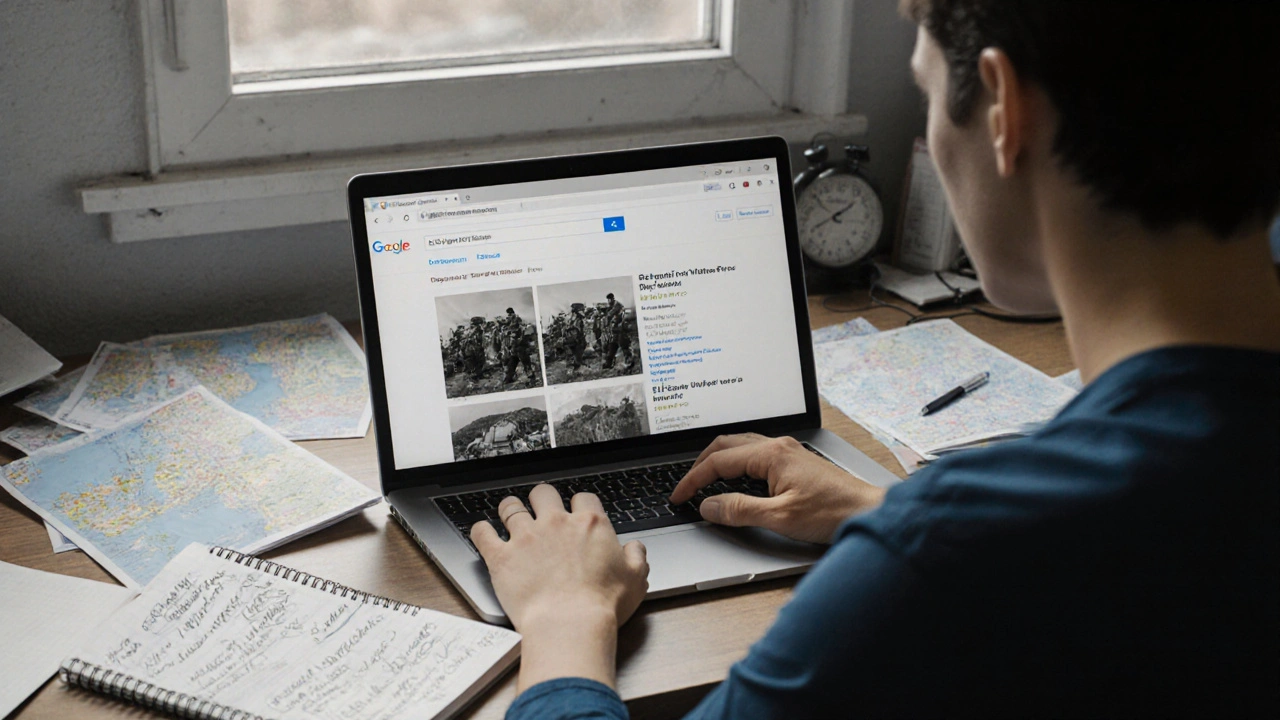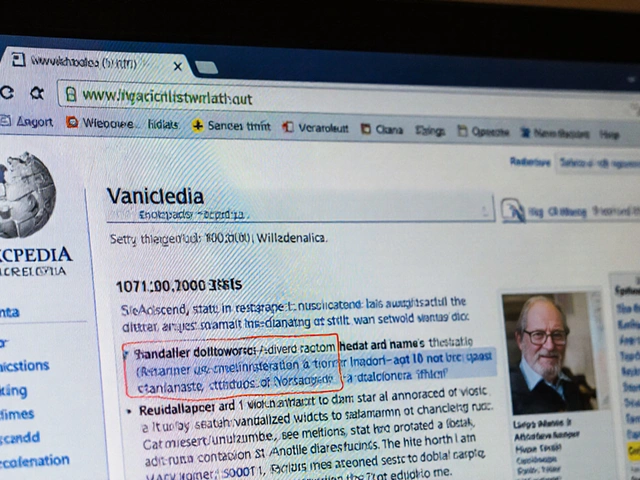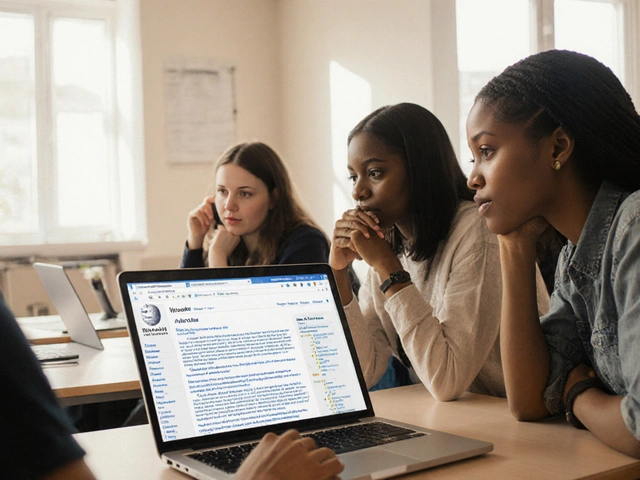Image Sourcing on Wikipedia: How to Find and Use Reliable Visuals
When you see a photo, map, or diagram on a Wikipedia article, it didn’t just appear out of thin air. Image sourcing, the process of finding, verifying, and legally uploading visuals to Wikipedia articles. Also known as visual sourcing, it’s one of the most overlooked but critical parts of keeping Wikipedia accurate and trustworthy. Unlike text, images carry weight—they shape how readers understand history, science, and culture. But an unlicensed photo, a mislabeled diagram, or a cropped screenshot can mislead just as badly as a false fact.
Good image sourcing isn’t about picking the prettiest picture. It’s about matching the right visual to the right claim, using sources that are free to reuse, and giving clear credit. Most Wikipedia images come from Wikimedia Commons, a central repository of freely licensed media files used across all Wikimedia projects. Volunteers upload everything from historical photographs to satellite maps, but only if they can prove the image isn’t copyrighted or if it’s released under a compatible license like CC BY-SA. Many editors spend hours digging through archives, contacting photographers, or scanning old books just to find one usable image.
Why does this matter? Because bad image sourcing leads to removals, edit wars, and even legal threats. A 2023 review of reverts on English Wikipedia showed that nearly 18% of image-related reverts were due to copyright violations—more than vandalism or poor quality. Editors don’t just check if a photo looks right; they trace its origin, confirm the license, and verify it actually supports the article’s content. That’s why you’ll often see image captions with links to the uploader’s page, source URLs, and detailed licensing notes.
It’s not just about legal compliance. Image sourcing also helps fix gaps in representation. Most photos on Wikipedia still come from Western archives, leaving out Indigenous art, African landscapes, or Asian architecture. Communities are pushing back by uploading local images—like traditional textiles from Bangladesh or pre-colonial maps from Latin America—turning image sourcing into an act of cultural preservation.
Understand this: every image on Wikipedia is a decision. It’s a choice between convenience and correctness, between speed and integrity. The best editors don’t just grab the first image they find. They ask: Is this legally usable? Does it actually prove what the text says? Is there a better, more representative alternative? And if not, do we need to create one?
Below, you’ll find real examples of how volunteers tackle these challenges—whether they’re tracking down century-old photos for a biography, fighting copyright takedowns on scientific diagrams, or teaching new editors how to upload their own family archives to Commons. These aren’t theoretical guides. They’re battle-tested practices from people who’ve had their edits reverted, defended their uploads in court, and rebuilt entire image libraries from scratch.
Photographic Evidence in Wikipedia News Articles: Licensing and Verification
Wikipedia relies on properly licensed and verified photos in news articles to ensure accuracy and legal compliance. Learn how images are sourced, checked, and why even one wrong photo can spread misinformation.







